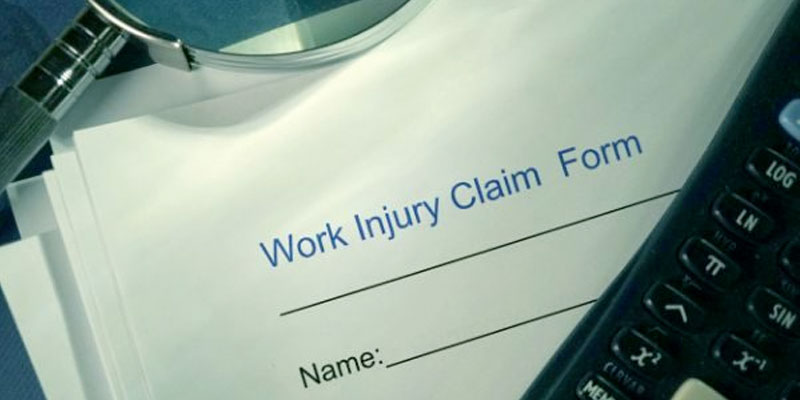There are many important components of a workers’ compensation case. Proper paperwork, obtaining medical treatment, and sorting out reasonable and necessary accommodations are just a few examples. Investigating a workers’ compensation claim is also an important component.
When an employee sustains a work-related injury, the first step is, of course, to make sure that the employee receives the necessary, immediate medical treatment. Once it is confirmed that the situation is no longer an emergency, the employer can then turn to the administrative side. An employer is required to provide the workers’ compensation claim form to the employee within one working day of being notified of the injury. The employer should also move forward to an investigation.
Investigating a workers’ compensation claim does not mean that you suspect the injured employee of lying or taking other fraudulent action. Moreover, regulation 10109(a) provides that a claims administrator “must conduct a reasonable and timely investigation upon receiving notice or knowledge of an injury or claim for a workers’ compensation benefit.” This means that an investigation is not just advisable, but required. If the investigation is not completed within the time limit, then section 5401 provides that the injury shall be presumed to be compensable under workers’ compensation.
A proper investigation often means collecting evidence from more than one source. If there is video surveillance covering the area where the employee sustained an injury, that video surveillance footage often provides crucial and best information about how the injury occurred. Eye witness accounts also may provide important information. Eye witness accounts should be gathered immediately, as the longer you wait to record that information, the less likely it is that the witness statements will be completely accurate. An investigation can also include talking with other employees or supervisors who work in the same area, even if they did not witness the event. They may have information about how work is usually performed, how equipment functions, and the likelihood that the injury occurred in the manner explained by the injured employee.
An investigation can and should also include a review of social media. Although the vast majority of workers’ compensation claims are valid, a small percentage are fraudulent. Following social media can provide claims administrators or employers with clues that the employee is not as injured as claimed.
We have extensive experience in workers’ compensation cases ranging from minor injuries to death of an employee. Contact us today for a consultation to talk about your business.

